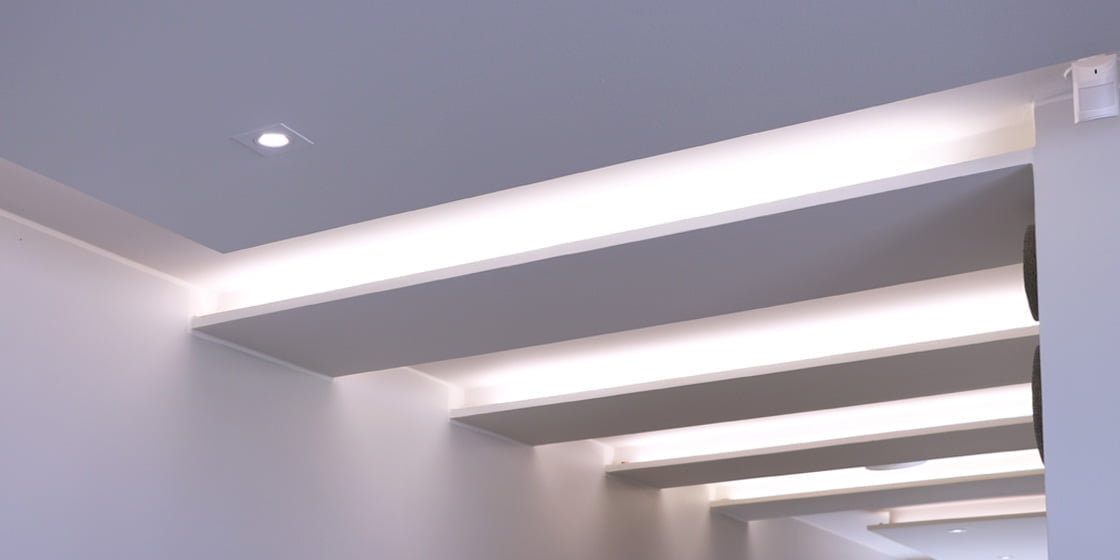What does the colour temperature of light mean?
The correlated colour temperature (CCT) of light is stated in kelvins. In simplified terms, the colour temperature of light varies between red and blue, with red at the lower end of the Kelvin scale (2 000 K) and blue at the upper end (12 000-18 000 K). It is said that humans distinguish colour temperatures between 2 290 and 11 000 K. In nature, the colour temperature of light changes constantly throughout the day, from the warm reds of the morning to the blues of the evening. The temperature of light therefore describes the colour tone of the light.

Humans are used to natural variations in colour temperature in their circadian rhythms. Natural light is a multifaceted concept. In smart homes, it is possible to automatically adjust the shade of light to match natural light. In any case, artificial light is second only to sunlight in terms of the amount of light. But in this dark hemisphere, it’s good that the colour temperature of the LED lamp is adjustable and that the home is equipped with high-quality and adaptable lighting.

The most typical places where we need warm light are those where we entertain in the evenings. The warm LED light adds a cosy touch. In addition, the warm light adds softness to the space, and highlights the warm tones of the materials. Warmer light seems to have a lower lumen value, i.e. it seems dimmer. In nature, as daylight softens, the amount of light is also reduced, but this is not automatically the case in LED lights. The amount of light is the same, but the variation in the Kelvin value affects the perceived brightness. Bright white light activates, as the Kelvins in the bulbs are at a higher level.
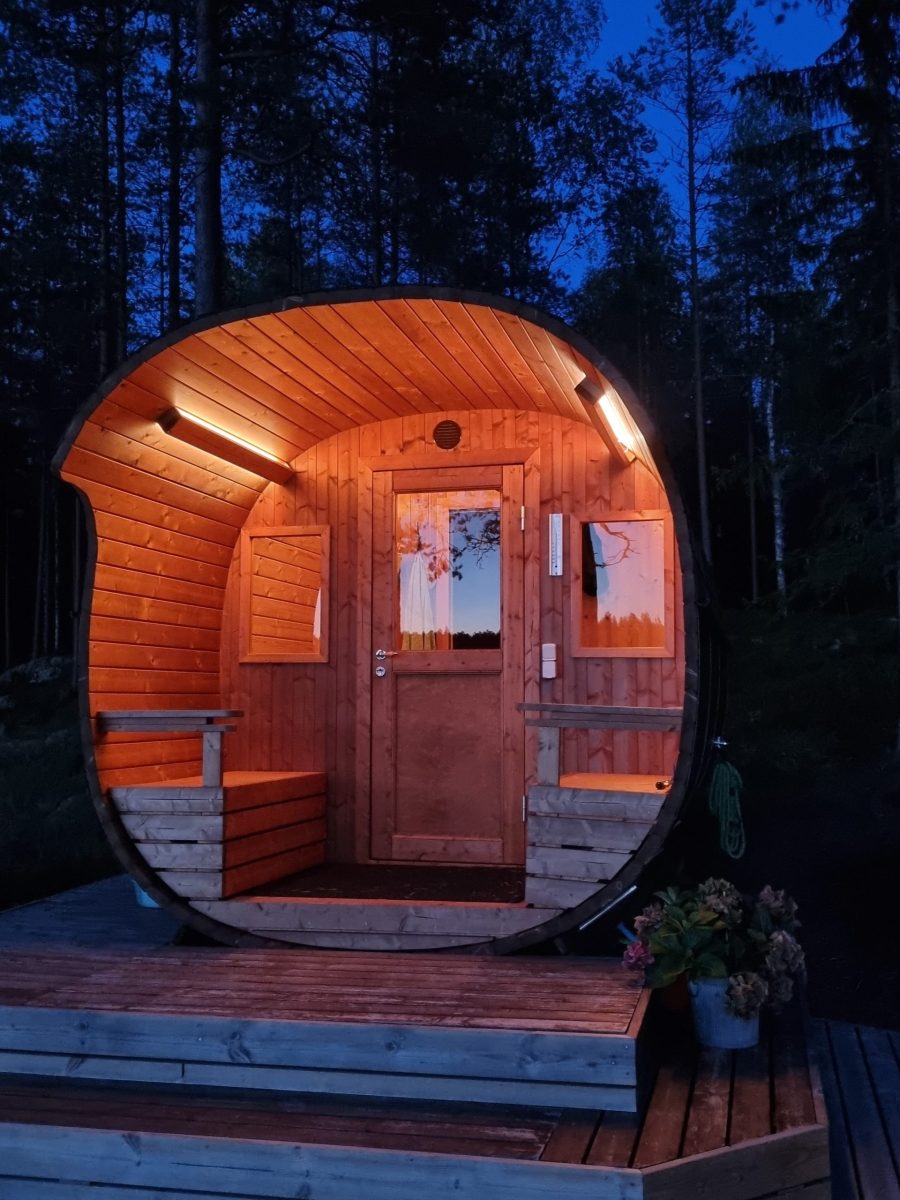
What shades of light are available from LED lights?
We use lighting when there is not enough daylight and natural light available. Often, people choose the lights in their homes, quite rightly, based on the shade of light they feel most comfortable in. In addition, the colour temperature of the lamp you choose depends on the intended use of the light.
The most common light colours used in LED lighting are 2 700 Kelvin (soft tone incandescent, very warm white light), 3 000 Kelvin (halogen, or incandescent, warm white), 4 000 Kelvin (neutral white) and 5 500 Kelvin upwards (daylight, cool white). Most LedStore’ lights offer both 3 000 K and 4 000 K options. There is also a wide range of LED lights, spots, LED strips and LED panels, where the colour temperature of the light can be changed if desired. Such luminaires have what is known as a double LED circuit, i.e. two LED circuits, a cold light and a warm light, of which mixing ratio is adjusted to control the colour temperature of the light.
The colour temperature control of the light in the LED spot can be selected when it’s installed, so that in use the light is only dimmed. The colour temperature of a light/group of lights can also be adjusted continuously from the control switch by selecting a driver for to the whole group of lights and a suitable controller, regulator. We’ll give you the whole package, and we’ll be happy to help you choose the right light for you. Our online shop offers you a wide range of lights with adjustable colour temperatures.. Wireless control products in the online shop.

How to choose the right light colour temperature: warm white, neutral or cold white?
There is no right and wrong answer when choosing the colour temperature of light. For domestic lighting, you should concentrate on choosing the shade of light you like, rather than choosing, for example daylight bulbs if you don’t like them. In our experience, the choice of light for domestic use is slightly more weighted towards 3000 K (warm white), but for public building projects the absolute number one choice is 4 000 K colour temperature lights. 4 000 K is so-called pure white light, as it is in the middle of the white light spectrum. We think that daylight Kelvins (cold white light) are a good addition to be used to improve light supply to plants. The brightness of the light, daylight at Kelvin, is suitable for plants. The best LED light for plants is a high colour rendering index light, which also provides the Kelvins of daylight. The high colour rendering index also ensures that red wavelengths are included in the spectrum of the light, as in nature.

Warm white led lighting and neutral white in the same home?
One of the most common questions is whether home lighting can be a combination of both 3 000 K (warm white) and 4 000 K (neutral white) lights. Of course you can and most of the time you do! Increasingly, the kitchen, utility room, study, hallway and bathrooms are being lit with 4 000 K neutral white light, which we believe gives them a clean look. The warm white 3 000 K light shade is more suitable for living rooms, bedrooms and outdoors. Of course, if the living room and kitchen are in the same room, both should generally be lit by lights of the same colour temperature.
On the other hand, it is also possible to have all ceiling lights in shade 4 000 K and all interior lights (table and floor lamps) in shade 3 000 K. Such a solution can create two different lighting situations without dimmers or other lighting controls: during the day, the bright ceiling lights are on in 4000 K refreshingly clean light, and in the evening, during the “twilight hours” and when getting ready for bed, only the interior lights are on, creating a soft and warm light. In such a situation, stepless colour temperature control and dimming are also appropriate.
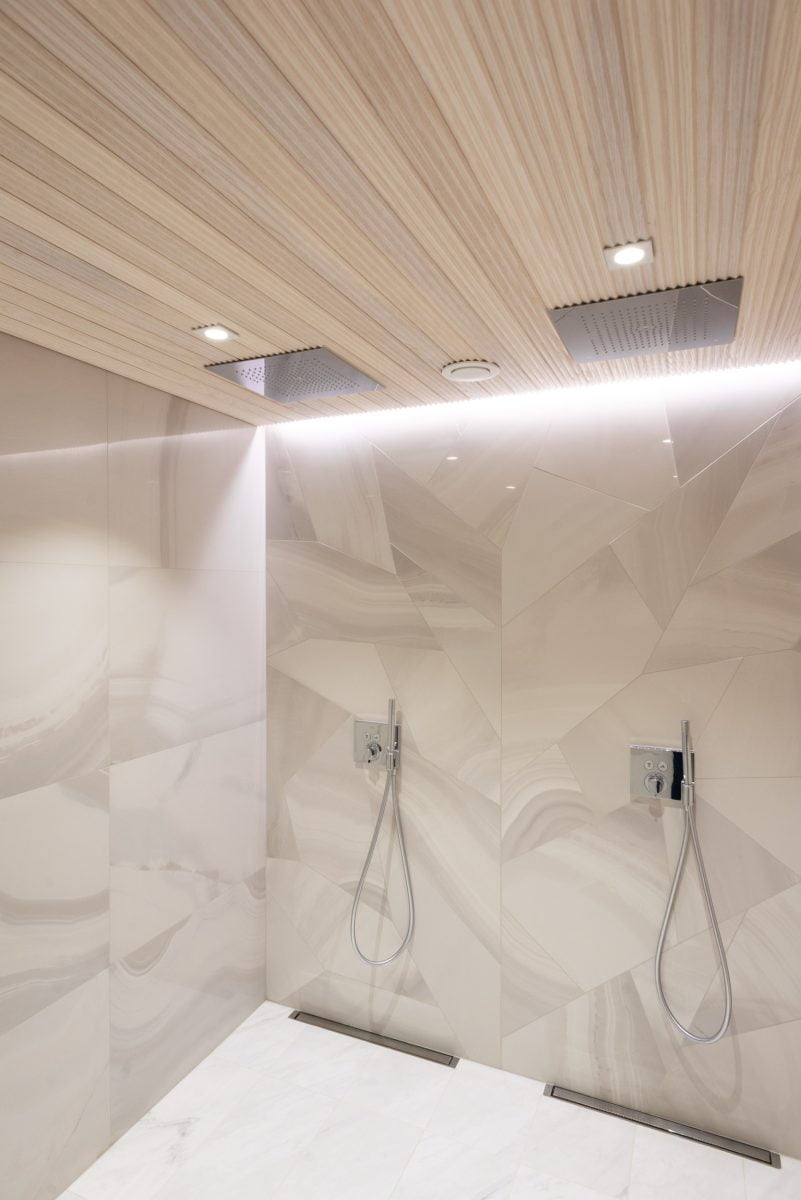
As a rough rule of thumb, if the shades used in the interior are all warm, a 3 000 K light tone is more suitable, while 4 000 K is often chosen for black and white-grey interiors. As a colour temperature, 4 000 K is clearly more suitable for modern interiors, while 3 000 K is ideal for more traditional spaces. If you want to choose a light with a colour temperature of 3 500k, you can find a solution in one of our LED strips, the popular 17W/m Flat 3 500 K. The strip can be found in the LED strip strip in our online shop. Overall, the experience of the colour temperature of light as comfortable and pleasant is based on individual preferences. This is why you should check out the different shades in our store, for example in Koivuhaka, Vantaa. You can take along decorative materials, such as tiles and wallpaper, to help you choose the right shade of light.
The colour temperature of the light is chosen according to mood and need
Light colour temperature adjustable lights are suitable for rooms where you want to adjust the colour temperature of the light according to mood and need. The example below shows a staircase and walls painted grey. Led strip shade adjustment makes the space glow in different shades of cold and warm and the colour of the light changes. While the colour rendering index, CRI, of our luminaires is top notch, the warm 3 000K and below light hues will turn cold and blue-grey tones greenish, due to the yellowish-folding tone of the light. Cold colour temperatures, on the other hand, accentuate the blue tones of the grey wall. The choice of LED strip is made easier when the shades are adjustable from the LED strip.
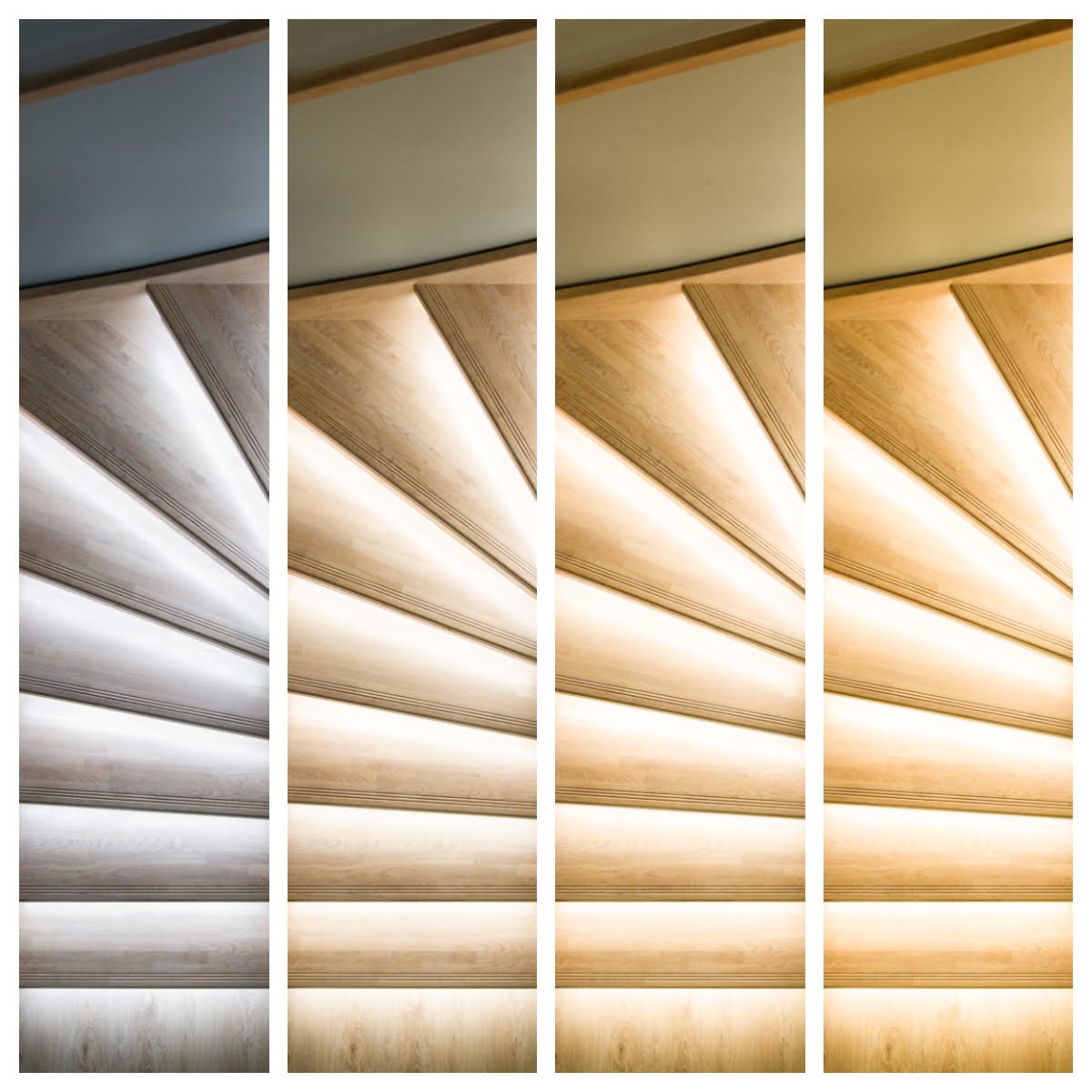
You can read more about colour temperature control products in our online shop. We call them CCT products because the colour temperature of light, or CCT, can be adjusted. Warm yellow and cold blue are the extremes of colour.
Do not confuse the concepts of colour temperature control (CCT) and colour control (RGB)
The natural daily variation in the hue of light is the Kelvin variation of white light. LED strip is also available, especially with LedStore, with the possibility of adjusting the colours. With this product, the colour of the light changes across the entire spectrum of the rainbow. In the picture below, the LED strip has been selected from green, yellow, red, purple and blue.
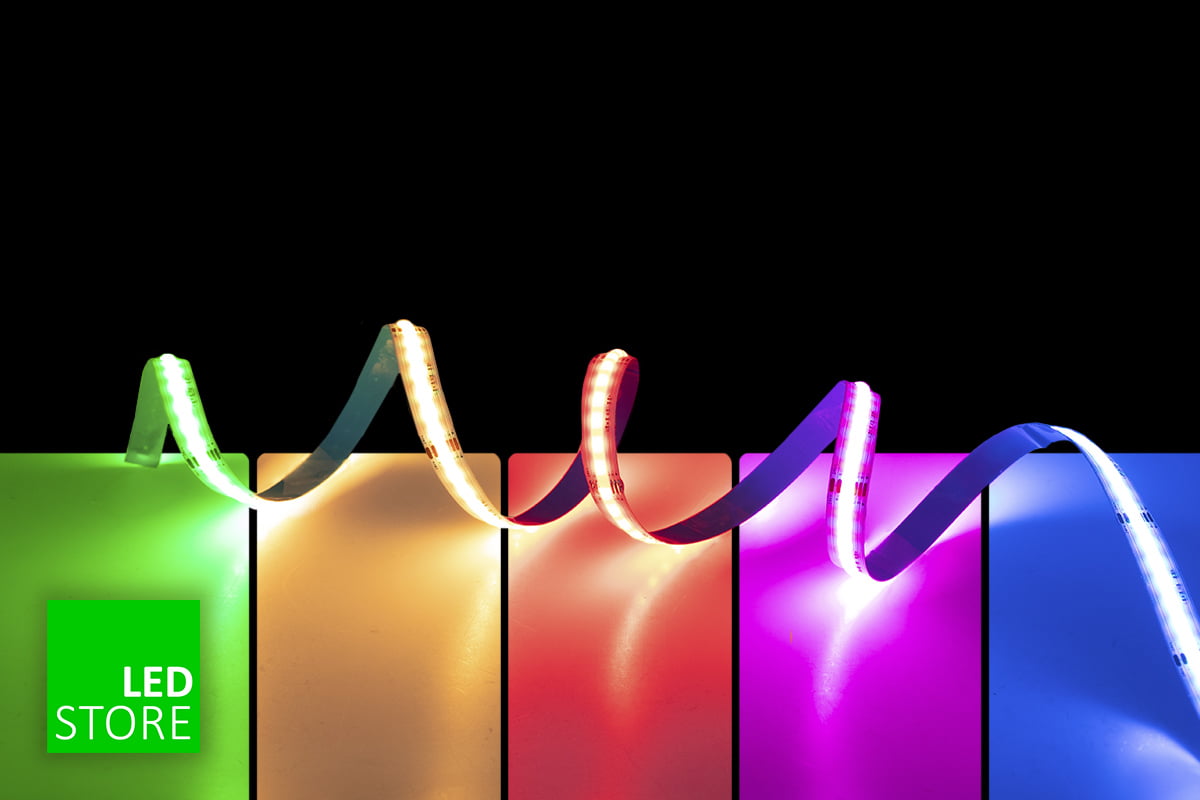
For practical purposes, RGB strip is useful in rooms such as cinema rooms, youth and children’s rooms, and kitchens that need a colour bath, as in the picture below. The strip has plenty of power, so there’s plenty of light, for example. if you use only white from the RGBW ribbon.
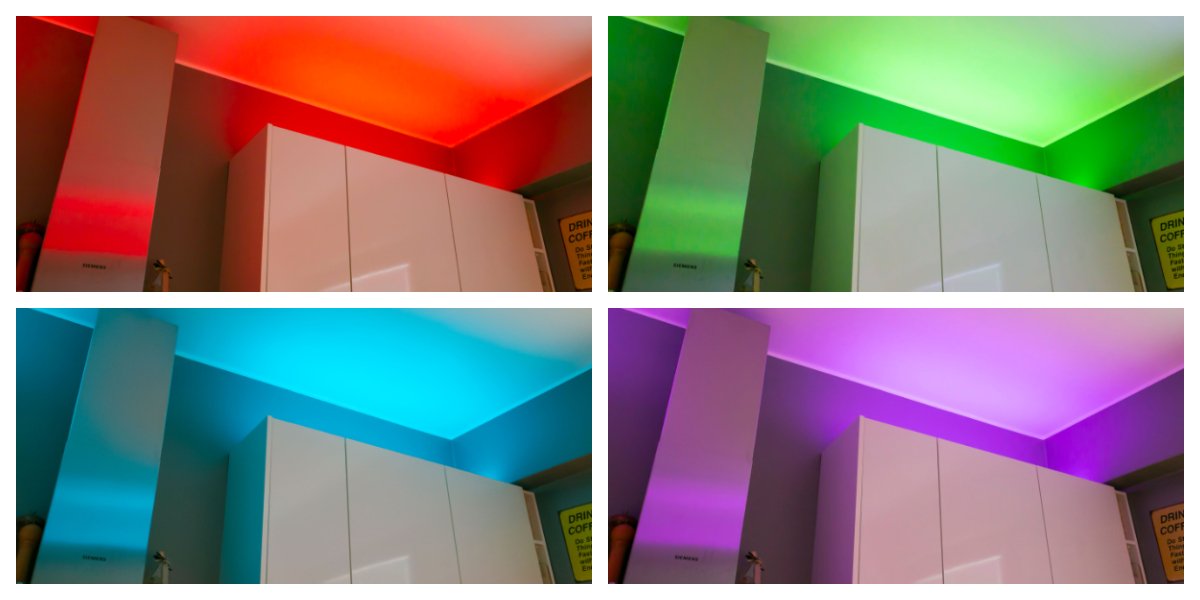
Smart light for LED strips to control the hue of the light, i.e. the colour temperature
When you want smart lighting, you use smart control components to control the light. Smart lighting refers to automated lighting, mobile control or sound, etc. commands to change the lighting. Wall buttons and remote controls can also be connected to control smart lighting. For smart lighting, you can choose any of the types of LED strip we’ve presented here, plus Zigbee control. You can choose from led spots, led panels and/or led strip for the lighting set, and the colour and/or tone can be controlled via zigbee (i.e. between the receiver and the controller). It can be connected to Philips Hue, Samsung Smart Things, Google Home, and Home assistant, for example, so that programming can be done with these apps. We have written about smart lighting in several articles on our blog. The search term for these is Zigbee. The blog can be found at the link: the LedStore blog, information about led technology.
About LedStore
LedStore has been an expert in LED lamps and lighting design since 2010. We have our own product design, so our products are technologically state-of-the-art. We focus on light colour temperature controlled and high colour rendering index lights. We do around 500 lighting designs for our clients’ sites in a year. Read more here or order a design.
We offer a service of custom-made LED strips, i.e. custom-made LED strips in aluminium profile. Also installed.
Remember that we are always ready to offer our help to you along the way, by email (myynti@ledstore.fi) and by phone (045 251 4510). Feel free to share photos of your own projects on social media #ledstorefi on IG and ledstore.fi on FB. We love to see the cool things our LEDs do, and it helps to provide inspiration for those who are unsure about the power and awesomeness of LEDs.
Photo gallery of LED lights to support your living room lighting:
Did you know that we already have over 3500 pictures of our LED installations in our Gallery!
Product gallery: Pictures of products in different installation locations
Indirect light: pictures of lighting with indirect light in different spaces
Room-specific: pictures of lighting in different rooms
References: Complete houses that have been photographed

